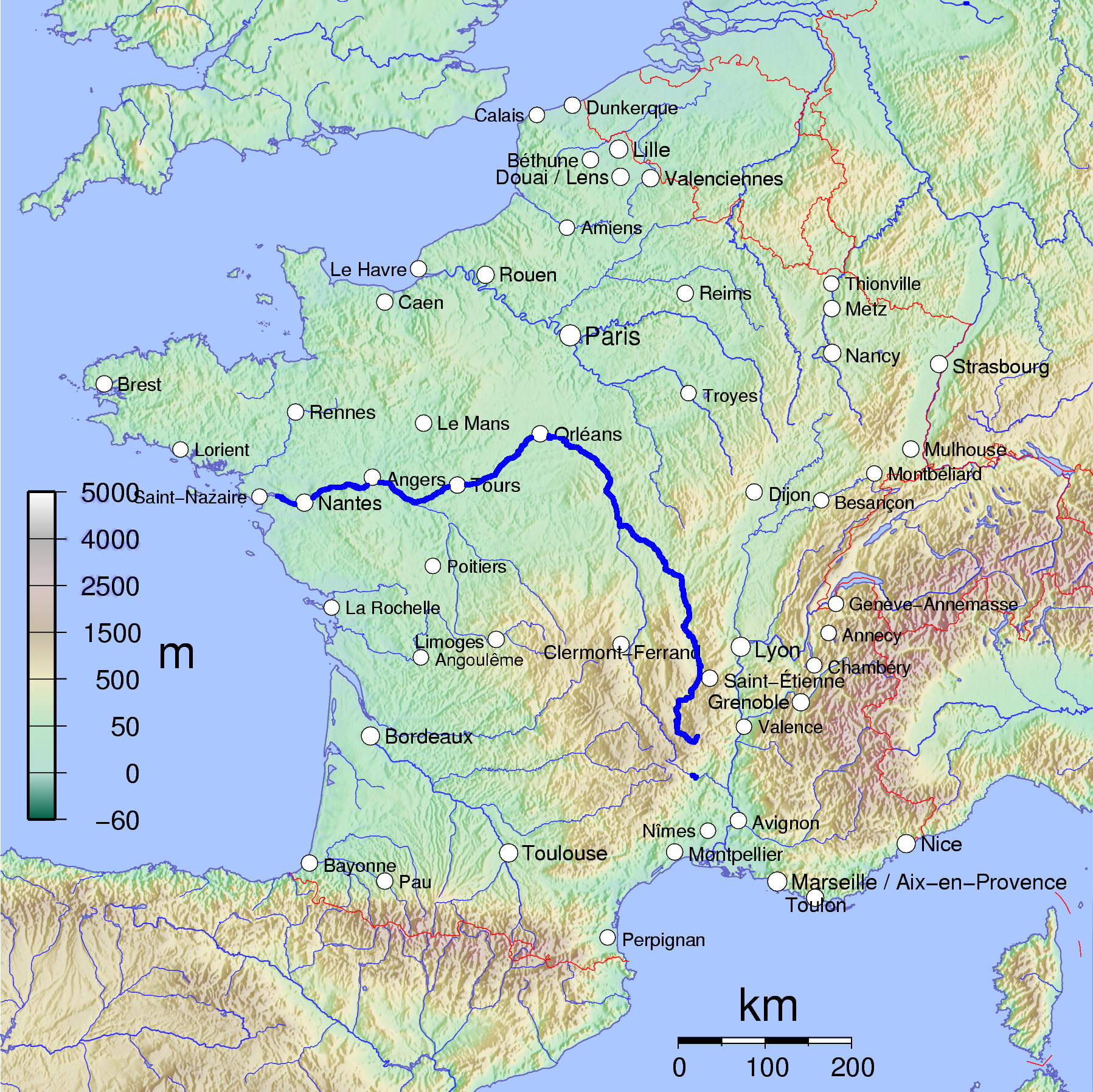 |
| Oh, yes. |
 |
| A holiday we can all get behind. |
 |
| Oh, yes. |
 |
| A holiday we can all get behind. |
 | |
| A little dizzy, a little fizzy. |
 |
| An apt description. |
 |
| Here be the Loire! |




 Stumble It!
Stumble It!
They've dealt with apartheid, an illicit diamond trade, and the jailing of Nelson Mandela. They were the ostensible home country of the bad guys from "Lethal Weapon 2" and their national rugby team can never quite match
Since the end of apartheid in 1990,
Wine from
Here are a couple of possibilities for you:
Mulderbosch 2006 Chenin Blanc -- Mulderbosch Winery is located in Stellenbosch, one of the prime wine growing areas in
Brampton 2005 Unoaked Chardonnay --
Ken Forrester 2004 Stellenbosch Petit Pinotage --A really nice example of what you'll find with a Pinotage. The nose is an interesting combination of berries and smoke -- not scents that you'll often find together. One review I read said they smelled "bacon." (I didn't get that, personally.) The flavor is soft and medium bodied, with an earthiness to it that will remind you of a French Syrah. The finish goes back to fruit and smoke. As I mentioned above, anything gamey is going to go really well here. I had this with roast lamb, and it worked extremely well. Another nice value at $9-11.
If you're looking for some slightly different flavors than you've found in the mainstream -- give these South African bottles a try. Much like the country, there are some very unique quaffs here. Certainly worth exploration.
As a side note, the column's title is a term coined by Archbishop Desmond Tutu to describe the multicultural nature of
Imagine looking in the avocado-colored fridge of any groovy, shag-carpeted urban apartment. You'll find a bottle or jug of white wine -- probably either Krug or Gallo. In script on the label -- "Chenin Blanc." (The red in the cabinet above the fridge is no doubt a "
The best Chenin Blanc is grown in the
Unfortunately, the ease of growing this grape has resulted in a great lack of care in some places, leading to some truly forgettable wines. Luckily, winemakers and consumers are starting to move past the wide lapel era into modern times, where there's some good white to be had. Done correctly, Chenin Blanc is an incredibly food friendly, drinkable wine. One of the few positives (for us) of the "Chenin Stigma" is that you'll be able to find a very good wine at a very reasonable price. Here's an example of what can be done:
Indaba 2005 Chenin Blanc --
Chateau de Villeneuve 2005 Saumur -- The Saumur region of the
Until next time, bite the bullet, put the leisure suit away, and relax in the summer sun with some Chenin. Cheers!
We find ourselves in the situation with which we started this venture -- ambling the aisles of your local liquor store trying to sort out appropriate choices. This dilemma is somewhat akin to Thanksgiving: You need something flexible enough to satisfy a group without looking cheap or clueless.
With some help from the Sweet Partner in Crime (who happens to be a criminologist in real life) -- we subdivided the party circuit into two major categories: informal gatherings for grazing and drinking and more "formal," and I use that term very loosely, dinner parties. While there are lots of choices (and feel free to add your own in the comments section) -- I offer up a red and a white for each type to get you started. First off -- the "gather and graze:"
These events are your basic "everyone shows up at someone's house, munch on appetizers, and carry on various degrees of conversation/deviltry" deals. There's usually at least one table where people pile liquor and wine for general consumption. If this is where you're going, look here:
Rosemount Estates 2005
Snoqualmie Vineyards 2004 Chenin Blanc -- Now, as for a white... Again, we need something everyone can drink -- not too sweet, not too dry, enough complexity for corkheads and enough ease for less serious drinkers. What to do? My first instinct would be Riesling, predictably -- but I've done a lot of those recently. Chardonnay...well, many inexpensive chards are either going to be overly oaky or way too dry for mass consumption. Sauvignon Blanc? Too tart. Viognier? A lot of people think they're too perfumey and some of my friends have had really negative reactions to viognier for some reason. I settled on Chenin Blanc. Chenin Blanc gets a bad rap. Much like "
Our other category, the loosely defined "dinner party," will have at least one evening's component where you're actually going to use a set of silverware, a napkin, and sit around a table. Since you'll generally have multiple courses, you can be a little more specific in your wine choices. Just ask your host or hostess what you're having, and plan accordingly:
Burgans 2004 Albariño -- This wine looks out of place in the Spanish section with its Celtic script and label graphic. As most of you know, wine isn't exactly
Windmill Vineyards 2005 Old Vine Zinfandel -- Michael-David Winery in
Enjoy your season of socialization! And until next time…throw your hands in the air, and wave them like there are no conceivable consequences.